In the lush, shaded forests of Northern Europe, nestled under towering conifers and along misty hillsides, grows a humble yet precious berry — the bilberry. Known scientifically as Vaccinium myrtillus, this small, deep-blue fruit is often compared to its North American cousin, the blueberry. However, bilberries boast a richer flavor, deeper color, and a long history of both culinary and medicinal uses in Europe.
But where exactly does the world get most of its bilberries? Unlike many other berries that are cultivated on farms, bilberries are predominantly wild-harvested. This unique characteristic gives them both their nutritional richness and their strong association with specific countries. In this article, we’ll explore the countries where bilberries are most abundant, the reasons behind their dominance, and how these wild berries make their way to global markets.
What Are Bilberries?
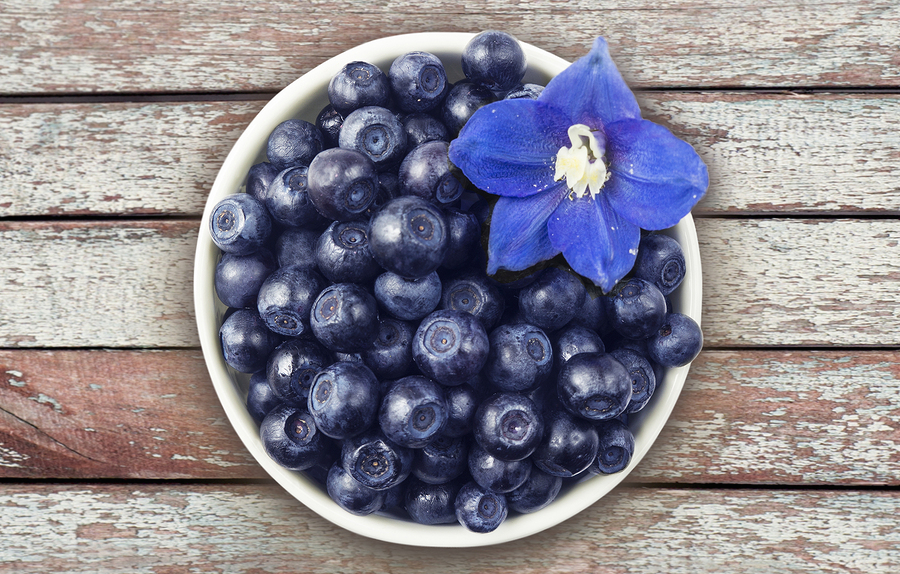
Before we dive into geography, it’s important to understand what bilberries are. Native to Europe, bilberries grow on low shrubs in acidic, nutrient-poor soils. The berries are smaller than cultivated blueberries, with a dark blue to nearly black skin and vividly purple flesh that stains upon contact.
Bilberries have been prized for centuries for their:
- Intense, tangy-sweet flavor
- Rich antioxidant content, especially anthocyanins
- Traditional use in jams, pies, soups, teas, and natural medicines
- Alleged vision-enhancing benefits (even rumored to have helped WWII pilots improve night vision)
Unlike blueberries, which are farmed extensively, bilberries are typically found in the wild and handpicked, making their production dependent on natural growing conditions.
The World’s Top Bilberry-Producing Countries
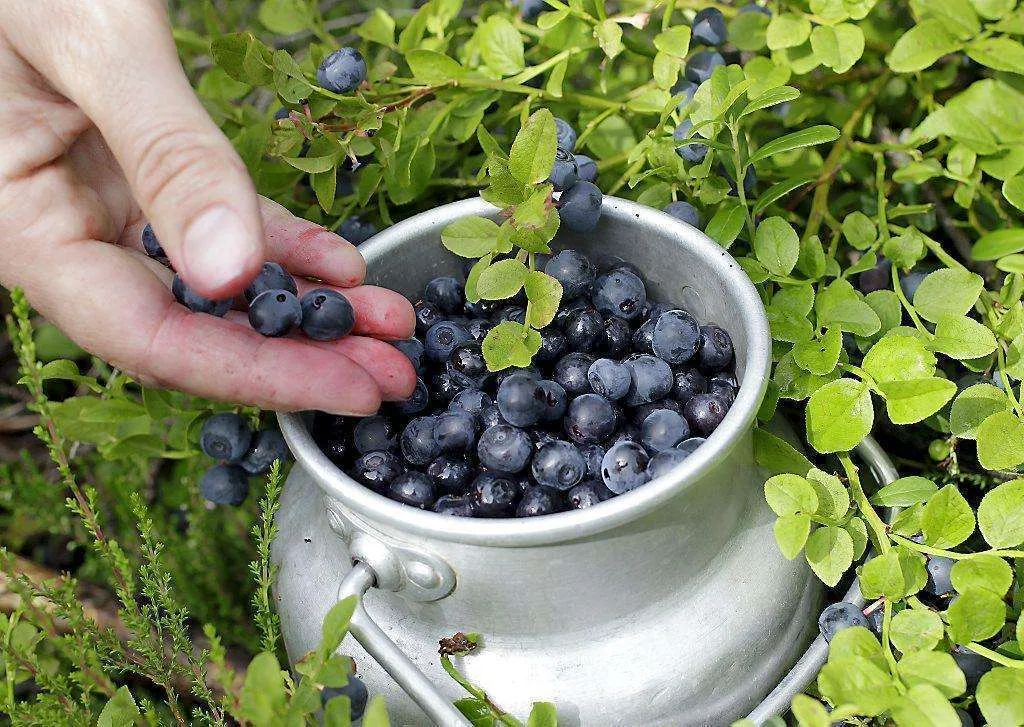
The world’s bilberry supply comes almost entirely from the forests of Northern and Central Europe, with a few regions in the British Isles also contributing modest amounts. Let’s explore the top sources in detail:
Finland: The Global Bilberry Leader
Finland is the undisputed champion of bilberry production. Covering about 75% of its land area with forests — one of the highest percentages in the world — Finland offers the perfect environment for wild bilberries to thrive.
Key facts:
- It’s estimated that Finland produces between 200 to 312 million kilograms of wild bilberries every year.
- Thanks to the country’s famous ‘Everyman’s Right’ (Jokamiehenoikeus), anyone can forage berries and mushrooms from public lands, making bilberry picking a national summer pastime.
- Finland’s long summer days, featuring nearly 20 hours of daylight in parts of the country, contribute to bilberries’ high sugar and antioxidant content.
These pristine conditions and sustainable foraging traditions have positioned Finland as the world’s primary source of bilberries, both for local consumption and export.
Sweden: A Close Contender
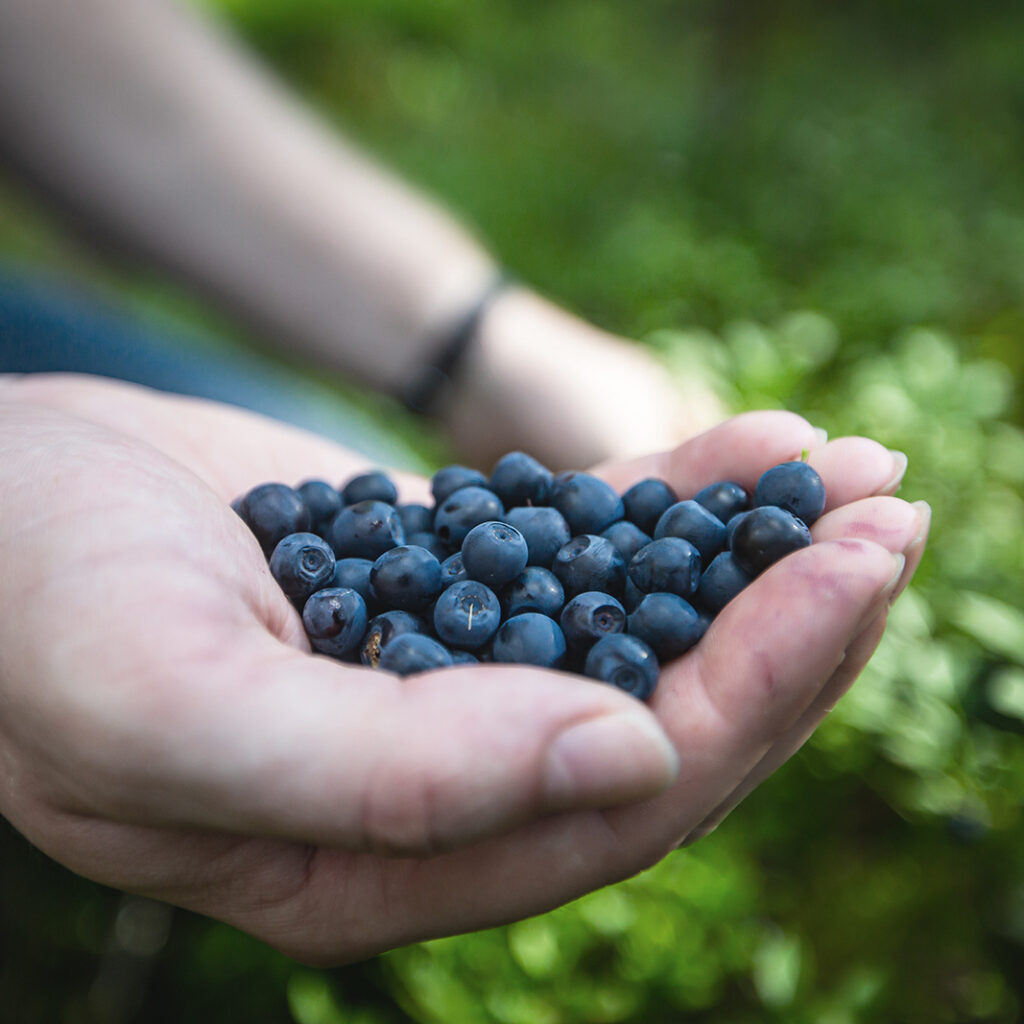
Sweden also ranks high in bilberry production, with wild bilberries covering approximately 17–21% of its forested land.
Highlights:
- Like Finland, Sweden benefits from an expansive forested landscape, clean air, and cool temperatures ideal for bilberry growth.
- Bilberry foraging is culturally significant, with locals and visitors alike engaging in berry picking during the summer months.
- Swedish bilberries are often exported frozen or used to make traditional dishes like blåbärssoppa (bilberry soup).
Sweden’s bilberries are highly valued for their quality and anthocyanin concentration, making them popular in international health food markets.
Norway: Northern Delicacy
Norway is another major source of wild bilberries, especially in its forest-rich northern and western regions.
Key points:
- While exact figures are harder to come by due to Norway’s rugged terrain and less organized commercial picking, wild bilberries are abundant in Norwegian forests.
- The berries are cherished locally in desserts, jams, and traditional dishes, and increasingly exported to neighboring countries.
- Like its Nordic neighbors, Norway upholds public access rights to nature, ensuring foraging remains part of the culture.
United Kingdom: Small But Significant
In the United Kingdom, bilberries — locally known as fraughans (in Ireland and Wales) or blaeberries (in Scotland) — grow in the upland regions such as:
- The Scottish Highlands
- The Lake District
- Wales
- The Peak District
Though the UK’s overall production is modest compared to Scandinavia, these regions hold cultural importance and continue to contribute small quantities for local markets.
Why Northern Europe Dominates Bilberry Production
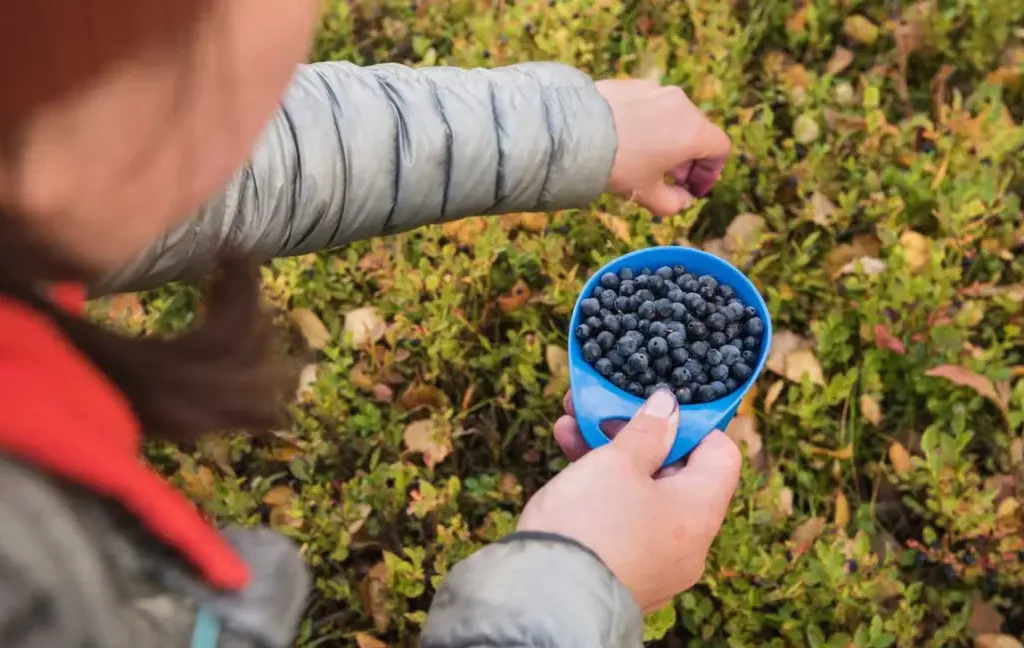
Several factors explain why most of the world’s bilberries come from Northern Europe:
- Ideal Growing Conditions:
Bilberries thrive in cool, temperate climates with acidic, nutrient-poor soils and partial shade — conditions naturally abundant in Finland, Sweden, and Norway’s forests. - Abundant Wild Forests:
These countries have some of the highest forest cover percentages in Europe, offering vast areas for bilberries to grow undisturbed. - Long Summer Days:
The phenomenon of the midnight sun ensures bilberries receive extended daylight during their growing season, boosting their nutrient density and sweetness. - Sustainable Foraging Rights:
The Everyman’s Right in Finland and similar access laws in Sweden and Norway allow anyone to forage wild berries, fostering sustainable, small-scale harvesting traditions. - Limited Commercial Cultivation:
Unlike blueberries, bilberries are difficult to cultivate commercially due to their specific soil and climate requirements, preserving their status as a predominantly wild-harvested berry.
How Bilberries Reach Global Markets
Bilberries are harvested by hand using berry combs or by machine-assisted pickers in commercial areas. The harvested berries are then:
- Consumed fresh locally
- Frozen for export
- Processed into jams, juices, and nutritional supplements
- Extracted for use in natural health products and cosmetics
Frozen bilberries are the most common export form, maintaining the berries’ nutritional value and extending their shelf life.
Key importers include:
- Germany
- France
- The United States
- Japan
- China (for supplements and health food industries)
The Health & Culinary Importance of Bilberries
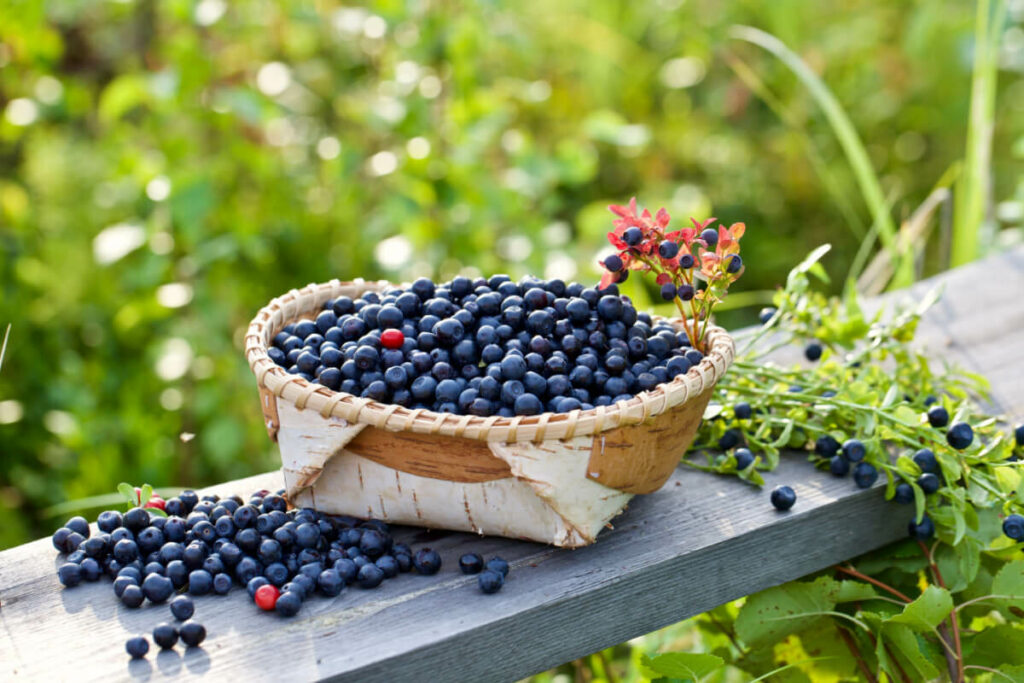
Bilberries have long been valued for their health-promoting properties:
- Rich in antioxidants, especially anthocyanins, which support heart health, reduce inflammation, and improve vision.
- Used in traditional medicine for treating diarrhea, improving night vision, and managing blood sugar.
- Featured in regional dishes such as pies, jams, soups, and syrups.
Their growing popularity in modern wellness trends has increased global demand for bilberry products, particularly extracts and supplements.
The Future of Bilberry Production
As the interest in natural, antioxidant-rich foods continues to rise, demand for bilberries is expected to grow. However, their wild nature poses challenges to large-scale commercial cultivation.
Efforts are underway in some regions to establish controlled wild harvest areas and improve freezing and processing infrastructure to meet international demand while preserving ecological sustainability.
Conclusion
When asking where the world gets most of its bilberries, the answer lies firmly in Northern Europe, with Finland leading the way, followed closely by Sweden, Norway, and select regions of the UK. These countries’ pristine, forested landscapes and foraging traditions have made them guardians of the world’s bilberry supply.
As awareness of bilberries’ health benefits spreads and global demand rises, it’s these northern woodlands — rich in history, tradition, and natural bounty — that continue to deliver the world’s finest bilberries.

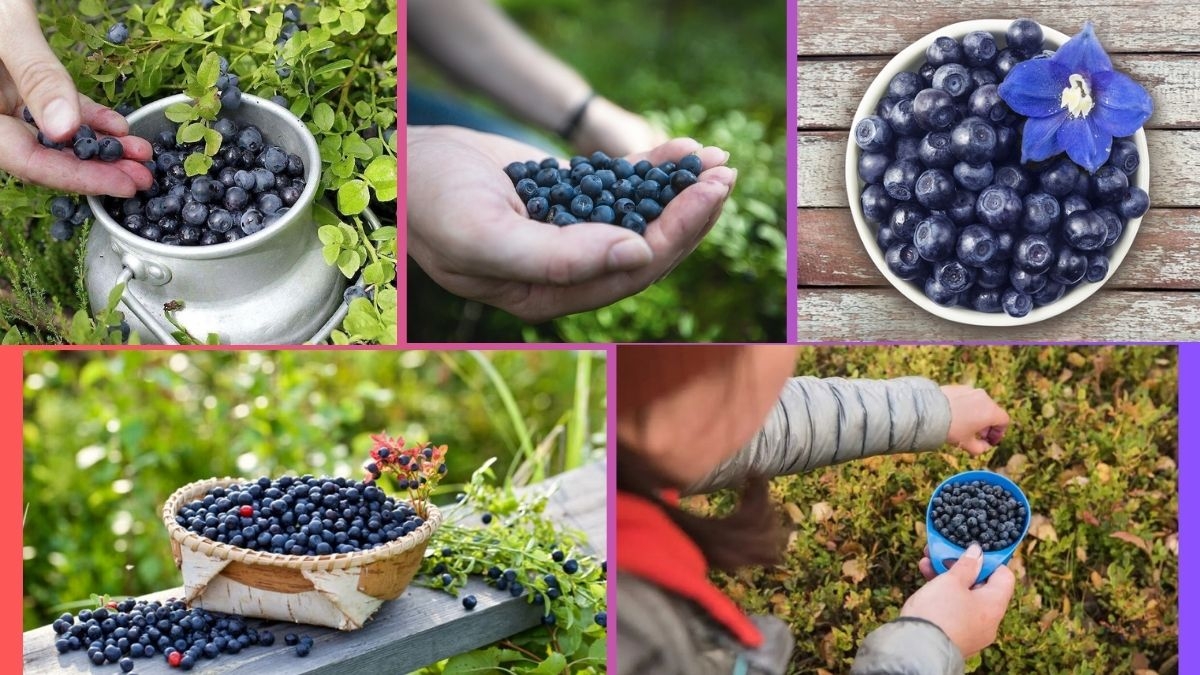




Leave A Comment